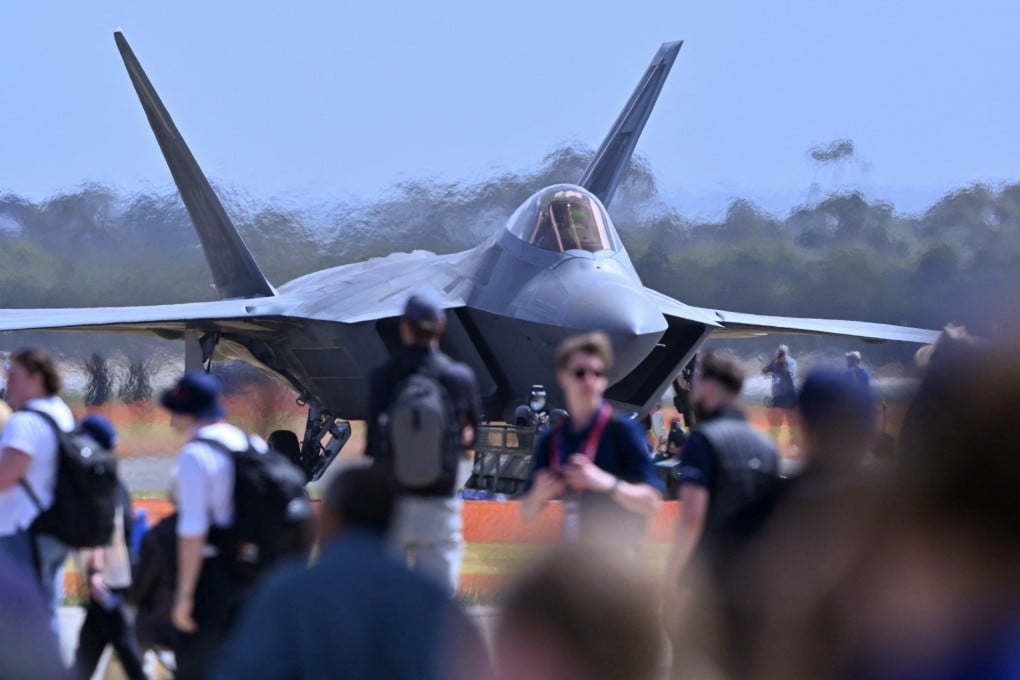Advertisement
How China is solving F-22’s stealth coating cracks with 3,000-year-old silk weaving tech
While the US struggles with deteriorating radar-absorbent materials, China has looked to the past for its cutting-edge solution
Reading Time:2 minutes
Why you can trust SCMP
27

Stephen Chenin Beijing
While US stealth fighters like the F-22 Raptor grapple with delaminating radar-absorbent coatings – a vulnerability likened to “moulting cicada wings” – China claims to have found an ancient solution for its fifth-generation jets.
Recent revelations by defence industry researchers suggest that cutting-edge stealth technology aboard China’s smooth-skinned stealth fighters may owe its resilience to a 3,000-year-old textile innovation: the art of silk jacquard weaving.
Modern stealth aircraft, including the F-22 and F-35, rely on layered coatings to deflect radar signals. But these materials degrade rapidly under stress.
US maintenance logs reveal that even minor abrasions from high-speed flight or desert sandstorms can slash stealth efficacy, forcing crews to reapply radar-absorbent materials (RAM) every three weeks at costs exceeding US$60,000 per flight hour, according to some US media reports.
Plus, in regions like Florida, humidity exacerbates bonding issues, while corrosion near coastal bases further compromises performance.
Chinese aerospace engineers have long criticised such band-aid approaches. Instead, they sought a structural solution – something woven into the material’s bones.
According to a study published last month in Chinese peer-reviewed journal Knitting Industries, the answer lies in a dual-layer composite fabric inspired by Han dynasty (206BC-AD220) jacquard looms – a silk-weaving technique dating back to 200BC.
Advertisement